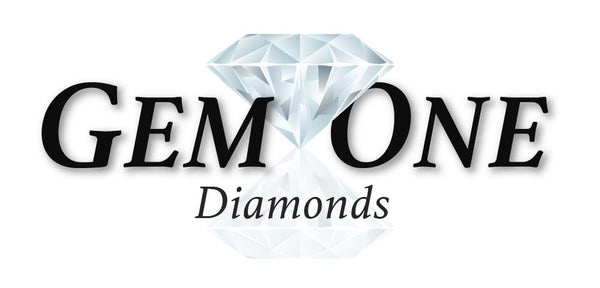"The 4 C's of Diamonds"
Diamond grading is made up of 4 C's - cut, color, clarity, and carat. Each are important in determining value and appearance.
In our opinion as Graduate Gemologists, the most important of the 4 is Cut. The cut of a diamond is what creates the reflection and refraction of light. This light is called "brilliance," or as most of us say "sparkle". As light enters the stone, it hits each facet and bounces to the next. If the angle is not "correct," light leaks out of the bottom or the side and doesn't refract back up and sparkle. If a diamond is cut well, it can hide smaller inclusions or even make a stone appear slightly less yellow! Cut also refers to the shapes that diamonds come in. There are many, but the most popular are round, princess (square), oval, emerald (rectangular with cut corners), pear, marquise (pointed at both ends), and cushion (a rounded square).
Clarity and Color are also both important to achieving the look you desire. The lower the clarity, the easier to see inclusions. The lower the color, the more yellow the stone. Smaller diamonds and diamonds set in necklaces/earrings can typically have slightly lower grades than we would recommend for engagement rings, given that these pieces are not as closely examined or looked at by the wearer daily.
Carat refers to the physical size of the diamond. Smaller stones under .10 carat are also typically called "melee" and are used as accent stones. Size is truly a preference. We are happy to explore the different options and sizes with you to find what is the best fit. (Fun fact - you might be wondering "isn't it spelled karat?" That karat refers to gold purity.)
We value how unique each diamond and each client of ours is and feel that an educated client is our best client. Each of the slides below shows a visual representation of the 4 C's.
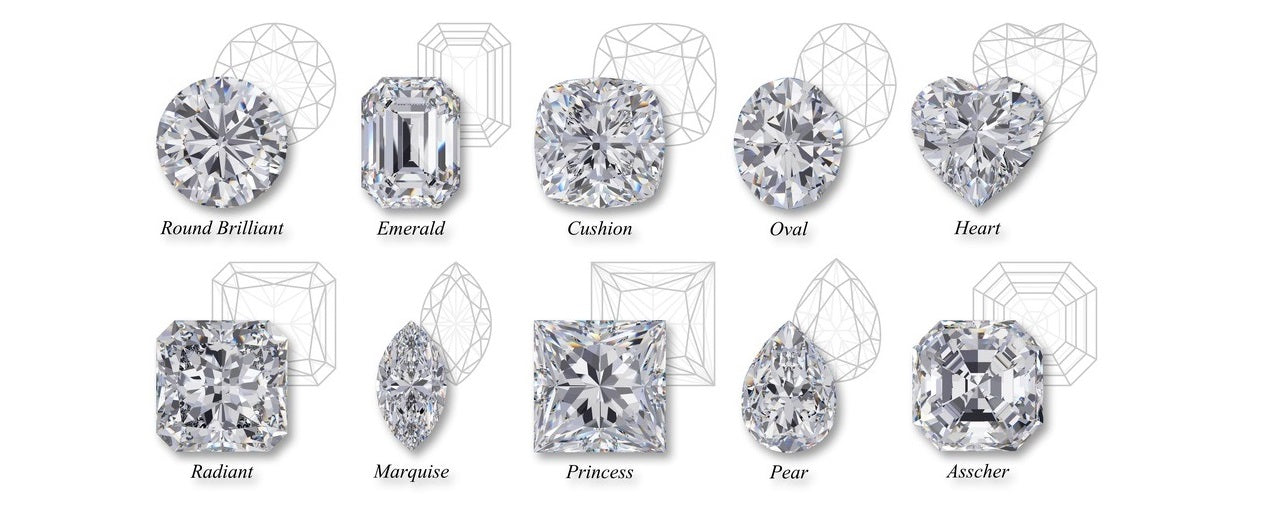
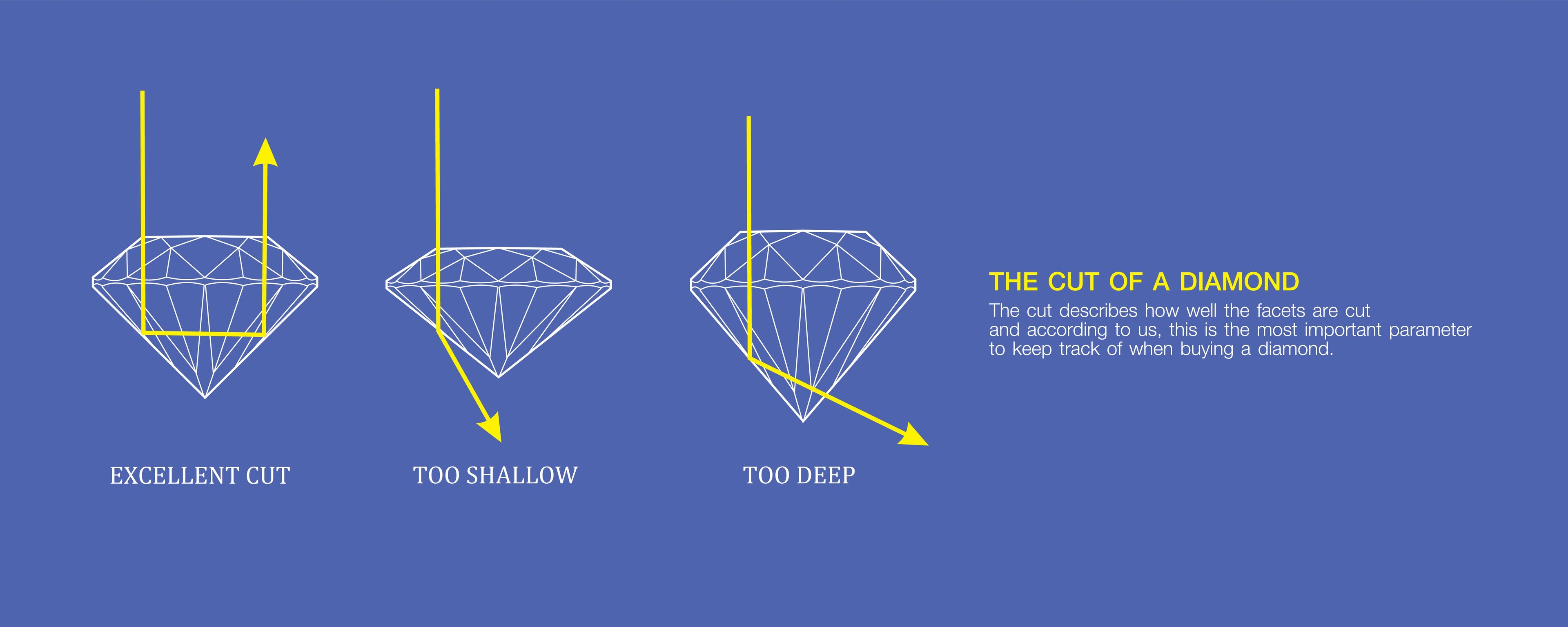
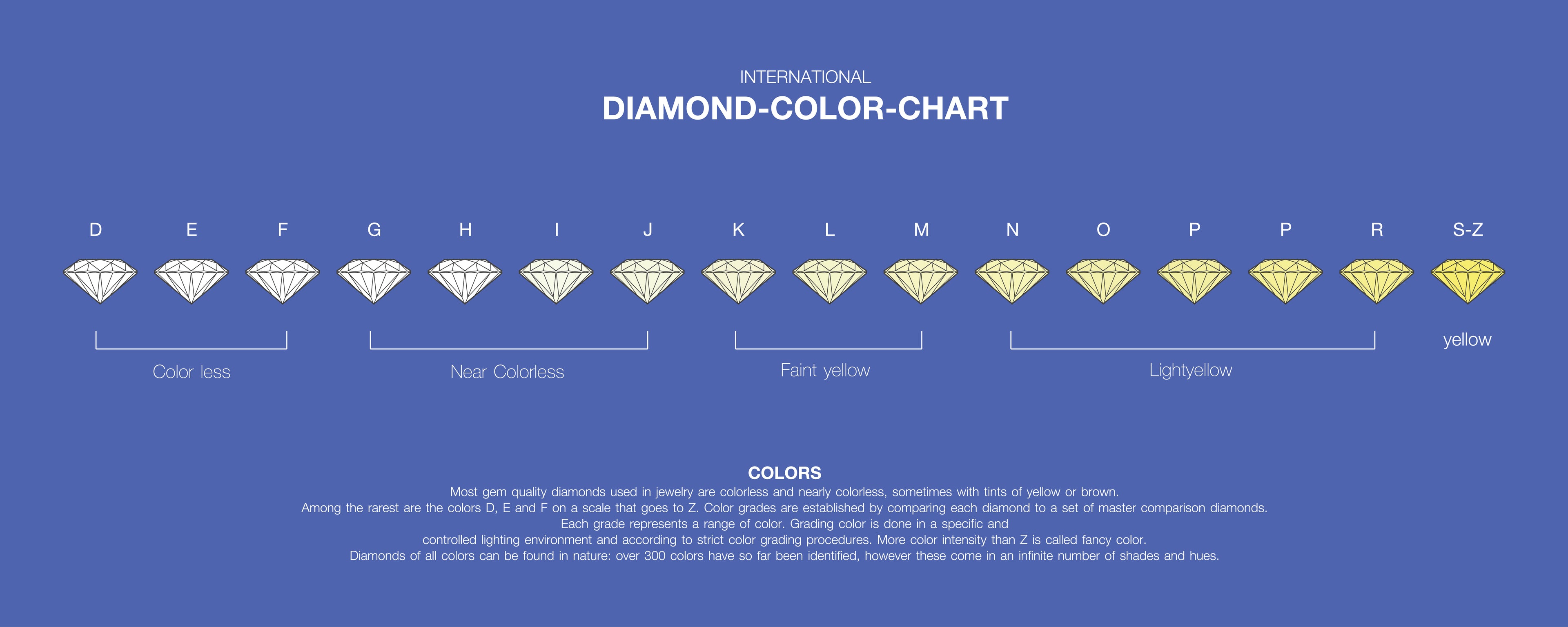
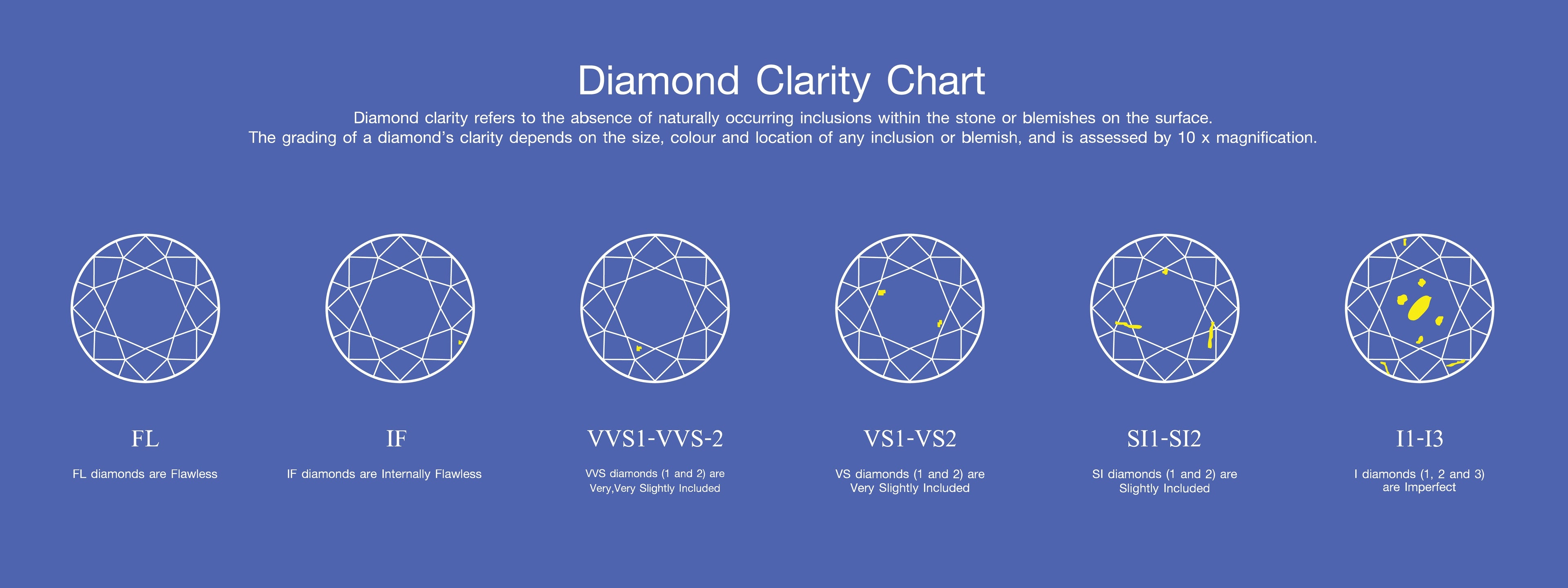
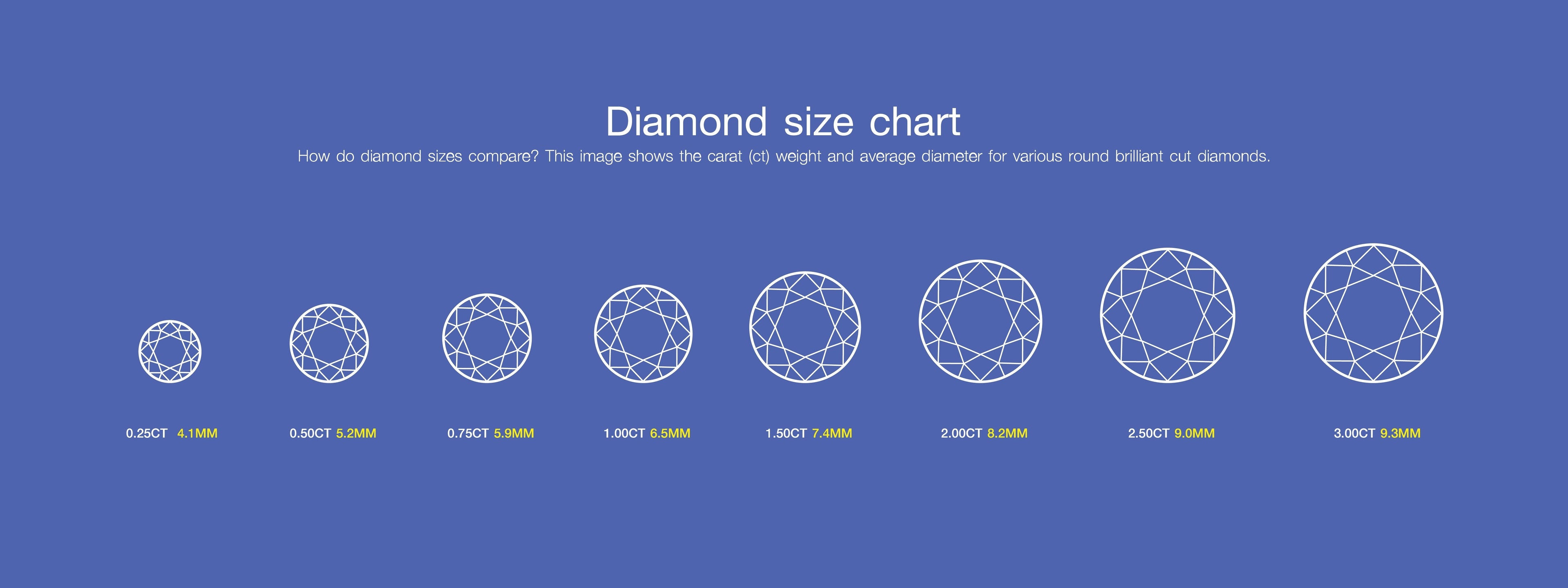
All the questions you have, answered here
FAQ
What is the difference between lab-grown and natural diamonds?
Lab-grown and natural diamonds have the same physical and chemical properties, making it impossible to differentiate between them without gemological equipment. Their source is the only difference, natural diamonds are mined from the earth while lab-grown diamonds are created using advanced technology in a lab.
How are lab-grown diamonds created?
Lab-grown diamonds are created in a controlled laboratory environment by one of two methods: High Pressure-High Temperature (HPHT) and Chemical Vapor Deposition (CVD).
In the HPHT method, a tiny diamond 'seed' is placed in a press where intense heat and pressure are applied. Carbon is then introduced, and the combination of heat and pressure causes the carbon atoms to form into a diamond crystal around the seed.
In the CVD method, a thin slice of diamond seed is placed in a sealed chamber, and a mixture of carbon-rich gas is added. Energy is then applied to the gas, breaking the carbon atoms apart. The carbon atoms then settle onto the diamond seed, layer by layer, growing into a larger diamond crystal.
Both methods replicate the natural conditions under which diamonds are formed in the earth's mantle, but in a more controlled and accelerated manner.
Are they REAL diamonds?
Absolutely! They have all the same physical and chemical properties of a mined diamond. While they did not form in the earth, they are formed under conditions that aren't exact and yield unique diamonds each time. No two are alike.
How can you tell the difference between lab-grown and mined diamonds?
It is impossible without the use of specialized gemological equipment. To the naked eye (no magnification or special tools), they are identical. Even typical diamond testing devices confirm the stone is a diamond. Grading labs must either be able to identify a laser inscription on the stone or use advanced equipment to distinguish between lab-grown and mined diamonds. Our certified LG diamonds are laser inscribed on the girdle (widest part of the stone) so you can always identify your diamond and match to your certificate.
